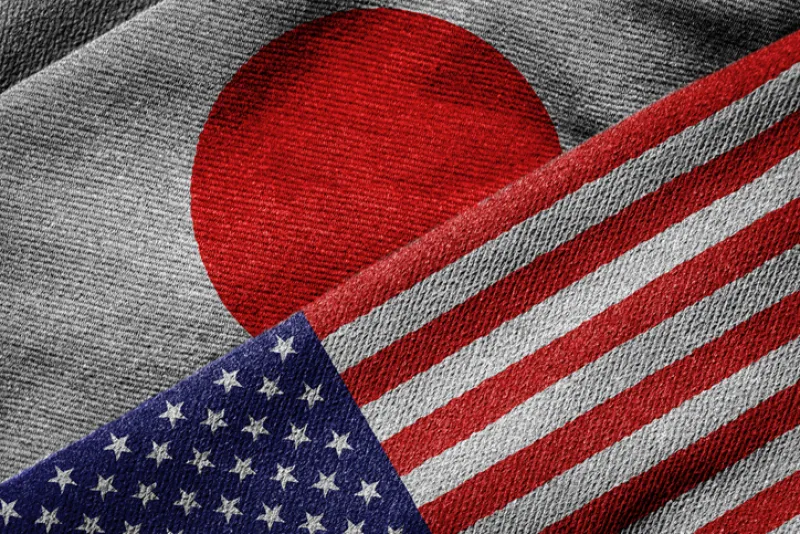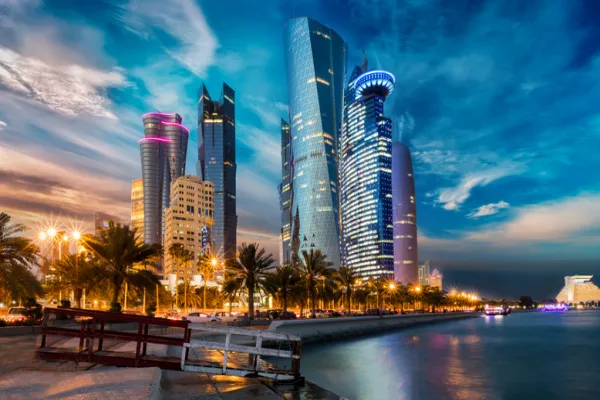It is not often that one of the largest asset managers undergoes a rebranding and change of strategy — especially when that firm is a household name with more than sixty-five years of heritage.
But that is exactly what Nikko Asset Management has done with its recent rebranding, completed on September 1, a year after announcing the change. Now known as Amova Asset Management, the firm continues to be a subsidiary of financial services behemoth Sumitomo Mitsui Trust Group (SMTG).
CEO Stefanie Drews talked to II as she conducted a worldwide awareness campaign to bring Amova to the world. According to Drews, Nikko has evolved significantly since it was initially formed in 1959 — so much so that the timing felt right for a change.
“We’re 65 years old and we have changed so much since then. We have a different investor base, much broader geographical footprint, and we do business differently,” she said. “We wanted a name that reflected that.”
After an internal consultation that brought 175 people from across the firm together to decide on a new name, the firm settled on Amova, an amalgamation of three words: move for progress, nova for innovation, and asset management with the prefix. “We spent a year and a half trying to narrow down the attributes that most represent us. There was a huge time of self reflection, which was awesome,” Drews said.
Because the process has happened over the course of the year, it has allowed the firm time to rename its two thousand existing funds already.
Moving Into the Future
The rebrand comes amid a strategic shift at the firm away from its traditional roots as a Japanese house. In 2022, the firm enacted a global growth plan led by senior leaders that is expected to double its $270 billion in global assets within 10 years.
“Half of that is going to be through organic growth; we have a thousand employees around the world, and seven joint venture partners," said Drews. “So a lot of the growth will come from our existing footprint.” Drews added that the firm has targeted six areas through acquisitions and other deals.
Three of these areas are investment-led. Amova got access to private assets through a strategic partnership with French alternatives firm Tikehau Capital in 2023, it attained sustainable investing abilities by acquiring a stake and distribution rights in London-based Osmosis, and there are intentions to make a further investment in an ETF business in the future.
The growth plan also includes international expansion. “We’re huge in Japan and Singapore, but not anywhere else, so we need to find a partner that complements us, which is very difficult to do,” Drews said. “We have three regional acquisitions we want to make to enhance our footprint. One of them is the U.S.; one of them is Asia; one of them is Europe.”
Drews said that these will be majority investments so that Amova can have full access to the distribution platforms. She stressed that it would be crucial for the U.S. acquisition to not overwhelm the existing AUM of the firm, which is a potential problem given that American firms tend to outpace international rivals in sheer size alone.
“A lot of U.S. companies are interested in us due to our distribution, but really whatever we look at right now has to work first and foremost on a business front as a group, and then on a financial front,” she said. “And that includes a cultural fit. We tend to try and do some kind of business relationship move before we do a financial move. For example, we sold funds that we structured with ARK investments before we took a capital stake, and we also won business with Osmosis before we took a stake in them."
The U.S., however, is very expensive, so this may prove to be a tricky acquisition, she added.







